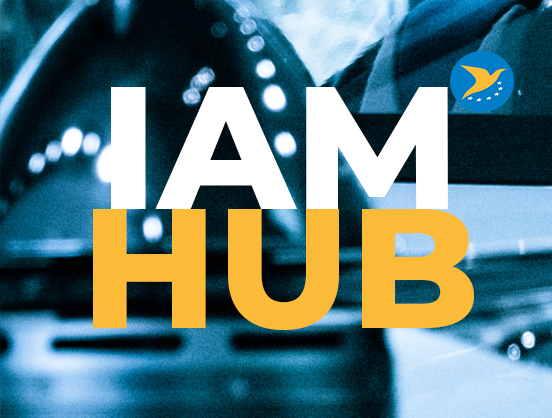The European Union Aviation Safety Agency (EASA) has launched the fifth release of its Innovative Air Mobility (IAM) Hub adding new functionality designed to enable stakeholders to better navigate the evolving drone economy and to benefit from the updated SORA (Specific Operations Risk Assessment) version 2.5.
SORA 2.5 will simplify the authorisation process for uncrewed aerial systems (UAS) operations in the specific category by:
- clarifying its text, thereby making it easier for UAS operators to meet the expectations of competent authorities;
- reducing the room for interpretations and so enabling more harmonised implementation across Member States;
- lowering the amount of evidence required for obtaining an authorisation for most Visual Line of Sight (VLOS) operations classified as low risk (SAIL II).
- relaxing certain requirements, in particular those related to the containment of drones within the operational volume.
- completing the package after EASA published over the summer the Means of Compliance for medium risk (SAIL III) operations
The IAM Hub is a central platform designed to simplify and fast track drone rule implementation. It also facilitates the exchange of information on drones and electric aircraft. The IAM Hub is designed to help not only the developing IAM industry but also the national and regional governments.
Launched in December 2023, the IAM Hub connects cities, regions, national authorities, operators, and manufacturers involved in introducing air taxi and drone services. It serves as a central platform for sharing reliable information and data.
The fifth release of the IAM Hub introduces a series of new tools, in particular:
- The Drone Rule Navigator to help operators understand applicable regulations, determine the category of their operation, and identify the relevant requirements.
- A guide co-created by the Urban Air Mobility Initiative Cities Community (UIC2) intended for EU & national political stakeholders, emphasising the central and collaborative role that cities must play in helping shape, integrate, and govern Urban Air Mobility (UAM) in alignment with societal needs.
- the eSORA tool, an automatised implementation of SORA 2.5 that enables UAS operators to design their operations and compile all evidence needed for an operational authorisation. This tool also includes a Cross-Border Operations feature to facilitate operations across multiple Member States. Initially, the eSORA tool will be accessible only to Member States and IAM Hub Task Force members. EASA plans to gradually open access to all UAS operators in the near future.
- The IAM Hub drone economy dashboard now includes timeline data.
- Thanks to the collaboration with all Member States, Copernicus and the Joint Research Centre (JRC), the IAM Hub now includes population density data as well as land use data in line with the related EASA Guidelines.
The IAM Hub project is funded by the European Commission and the European Parliament. It is Flagship Action Number 7 of the European Commission Drone Strategy 2.0 to enable a smart and sustainable EU drones market. The current Phase 2 lasts until September 2026.
For more information




